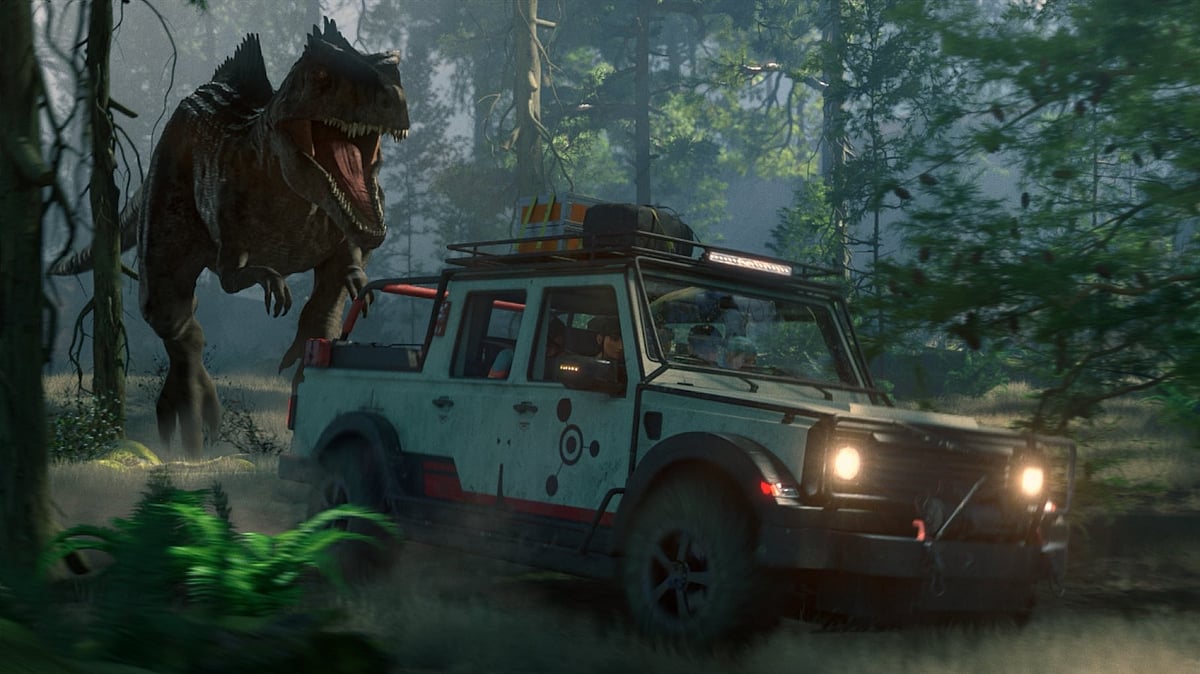Title: Never Let Go
Director: Alexandre Aja.
Cast: Halle Berry, Anthony B. Jenkins, Percy Daggs IV, Willian Catlett, Kathryn Kirkpatrick
Where: In theatres near you
Rating: 2.5 Stars
With a pedigree that includes B-movie thrills like Piranha 3D and Crawl, director Alexandre Aja tries his hand at something more atmospheric and slow-burning here. The result? It is a film- that is beautifully packaged but ultimately weighed down by its pretensions.
Starring the accomplished, Oscar-winning Halle Berry as a mother desperately trying to protect her sons Nolan and Samuel (Percy Daggs IV and Anthony B. Jenkins) from an unseen evil, the film lays its foundation on time-worn horror tropes. Berry in full ‘gritty survivalist’ mode, delivers a performance that sways between harrowing and unhinged, playing a woman haunted by the ghost of intergenerational trauma. The problem, however, is that the audience, much like her character’s sons, is left wondering whether the real threat lies outside in the spooky woods—or within her increasingly paranoid mind.
Aja aims for a highbrow approach, layering the film with metaphor and ambiguous terror. The setup is undeniably eerie—a secluded cabin, a family bound by fear, and an evil force that may or may not exist. Narrated in three cryptic chapters, the first two brim with potential as tension builds through the mother’s obsessive teachings, the boys’ growing skepticism, and the looming threat beyond their rope-bound existence.
Despite its initial atmospheric tension, the plot eventually unravels, weighed down by a script mistaking ambiguity for complexity. The mythology, built on generational rituals, becomes convoluted and repetitive, with cryptic lore and ominous warnings losing their impact. It is like hearing the same ghost story on repeat, only to realize the logic is missing, and the punchline never delivers the scare it promises.
By the climax, much of the initial goodwill is lost. The chaotic mix of demonic visitations, hallucinations, and fiery destruction feels like a desperate attempt to revive a faltering narrative. Instead of offering resolution, the narrative leans into ambiguity, raising more questions than answers. What aims to be thought-provoking ends up feeling frustratingly incomplete.
Visually, the film is a treat, with the cinematography turning the wilderness into a foreboding character of its own. The sound design is exceptional—crackling branches, eerie winds, and an ominous score create an immersive atmosphere on the edge of madness. Yet, like the characters, the audience remains stranded in this lush, haunting landscape, waiting for something more substantial to emerge from the fog.
The two young actors deliver commendable performances, blending innocence and fear convincingly. However, they are made difficult by a script torn between psychological drama and supernatural horror. The tension between their characters—one adhering to their mother's rules, the other rebelling—offers brief moments of conflict. Still, this dynamic is never fully explored, leaving their relationship underdeveloped despite its potential.
In the end, the film feels like a missed opportunity. It has all the ingredients of a great horror film—stellar performances, a haunting score, and a visually captivating setting—but it stumbles in its execution, and much like its characters, it never escapes the trap it sets for itself.










